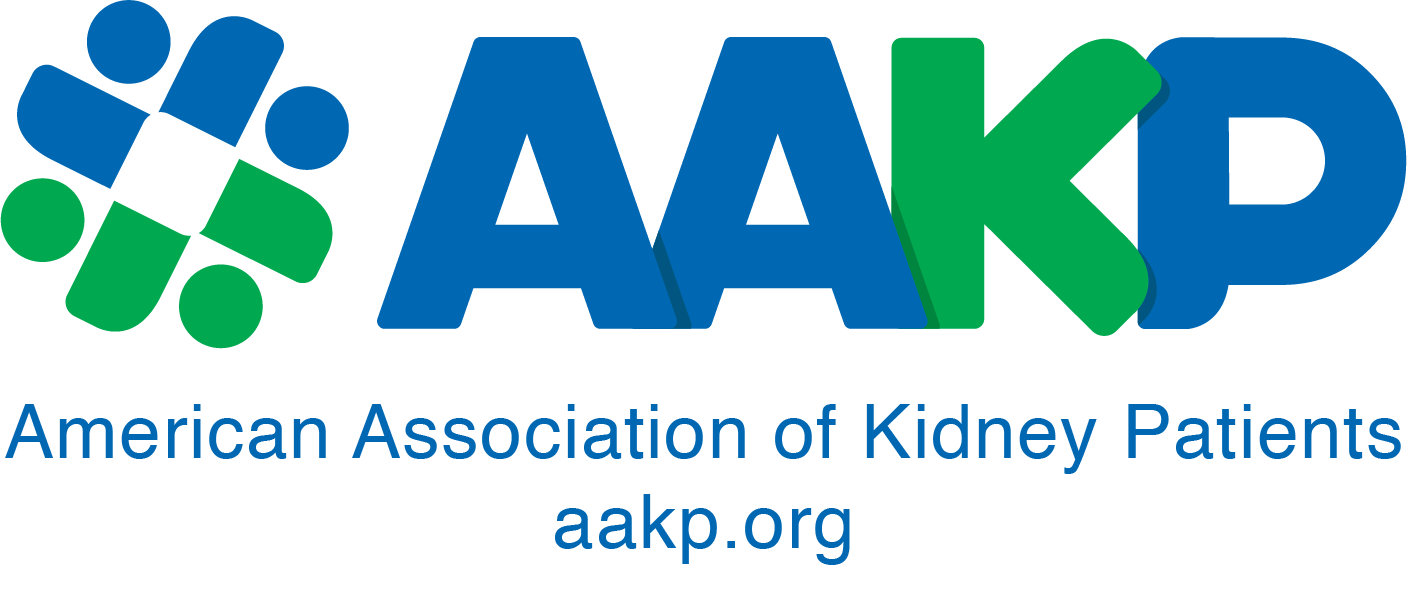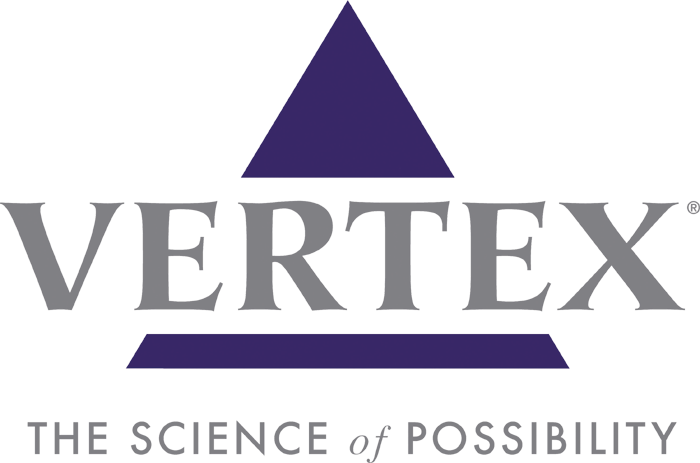Diet and nutrition are important components to healthy living; it helps the body stay strong and has also been proven to help manage many chronic illnesses such as diabetes, high blood pressure and kidney disease. When an individual reaches the late stages of kidney disease, transplantation is not always the answer or an option that’s immediately available. At times, dialysis is a patient’s only choice, however there are many forms of dialysis that a patient must consider when selecting the one that’s right for them.
Home dialysis therapies are popular choices among patients who feel comfortable taking a more active role in their care and prefer the freedom it allows them. Peritoneal dialysis (PD) is one of those daily at home dialysis options; however when you are on any form of dialysis, diet can play a big role in how your treatments go and how you feel. Since the process of PD uses a fluid that contains carbohydrates to help filter out the toxins in your blood, dietary changes may be necessary to maintain body weight and prevent excess weight gain in patients choosing this therapy. Moreover, having ongoing dialysis daily changes your nutritional needs. And what are those changes?
Read on to find out what you need to know about the PD diet…
Calories and Carbohydrates
The fluid used (called dialysate) for PD has carbohydrates in it which means it has calories. Calories are the fuel for your body. Different amounts of carbohydrates are used during PD treatments, also called exchanges, to remove wastes and excess fluids from your blood. Typically, PD dialysate can add about 500 extra calories each day, depending on the dialysate used. The challenge begins when attempting to lose weight or control blood sugars adequately. Regardless, maintaining energy balance, meaning the calories (food) you put in equal to the activity (fun or what can technically be called exercise) you do each day, is necessary when on PD to ensure appropriate energy levels for spending time with friends or family. Contact your dietitian if you have concerns about the amount of calories you are getting from dialysis and he or she will be able to provide you with individualized direction on how to account for this extra energy.
Protein
Protein is necessary for building and repairing your body as well as preventing infections. With PD, protein is constantly drained from the body and this increases your protein needs. In addition, if you get peritonitis (infection of the area where your dialysis takes place in your body) your protein losses increase, causing you to need even more protein from your diet or supplements. So remember to follow your dietitian’s orders when he or she says to eat more protein; this is to ensure that your body can ward off infections and replenish all the lost protein from treatments. Generally you need about eight to 10 ounces or more of protein a day which is about 1.3 grams of protein per kilogram of body weight (there are 2.2 pounds per kilogram). Three ounces of meat/chicken looks like a deck of cards and the fish equivalent looks like a checkbook. You can also use the palm of your hand to estimate how much protein you are eating, with it representing approximately four ounces of protein for an average sized palm. Good sources of protein are lean beef or pork, tuna, tilapia, salmon, shrimp, eggs (or egg whites/substitute), and skinless chicken and turkey. Try to get at least one serving of these at each meal, every day.
Calcium and Phosphorus
Bone health is often compromised not only in the general public, but also for those on dialysis. Calcium and phosphorus help build and maintain bone, but too much of these minerals can be detrimental for PD patients. Foods high in calcium are diary products (milk, yogurt and cheese) and foods fortified in calcium (everything from juices and breads to crackers and margarine spreads). Foods low in phosphorus are plentiful, below is a sample list which is not all-inclusive, but can be of some use when choosing foods to eat. For a more in-depth list of foods with lower phosphorus content seek direction from your dietitian.
• Pumpernickel bread
• Corn flakes or crispy rice cereals
• Grits
• Spaghetti, fettuccini, egg noodles and macaroni
• Pita, rye and French breads
• Low sodium popcorn, pretzels, crackers and corn or tortilla chips
• Graham crackers
• Animal crackers
• Bagels
• English muffins
Remember that cheese-flavored snacks, chocolate, dairy products (especially cheese and ice cream), nuts and whole grain products are higher in phosphorus, but can possibly be incorporated into your diet with help from your dietitian.
Potassium
Potassium, an electrolyte important in heart function, is significantly removed with PD treatments; thus, you may need to eat more potassium-rich foods. Signs and symptoms of low potassium are muscle cramps, difficulty breathing and irregular heart beat. Too low or high potassium can be dangerous, resulting in cardiac arrest. Be sure to speak with your dietitian about your potassium levels and which foods are best for you to have with your meals and snacks safely. The general potassium recommendation for those on PD is 3,000-4,000mg a day and the amount in many foods is now listed on the nutrition facts label of many food items. Below is a chart that can help you understand what is considered very high, high, medium and low for potassium when looking at food labels:
Typically fruits and vegetables are associated with potassium, but chocolate, dairy products like milk, cheese and yogurt all contain significant sources of potassium. The serving size for many fruits and vegetables are approximately one-half to one cup. Here are some examples of one serving of fruits and vegetables: one cup of salad greens, one cup cooked broccoli or other vegetable, 12 strawberries or 16 grapes. As a reference, one cup looks like a baseball. Listed on the following page are some more specific examples (remember to speak with your dietitian for individual recommendations on potassium intake):
|
Very High |
High |
Medium |
Low |
|
>300 mg |
201-300 mg |
101-200 mg |
<100 mg |
|
>9% |
6-9% |
3-6% |
<3% |
Percentages based on daily values for US food labeling – potassium 3500mg. Table adapted from www.kidney.org/atoz/content/foodlabel.cfm.
High Potassium Foods:
• 1 cup cantaloupe or honeydew melons
• 7-8 inch banana
• Baked sweet or regular potato the size of a computer mouse
• 1/2 cup spaghetti sauce
• 1/2 cup of spinach
• 1 cup (8 ounces) orange juice
Low Potassium Foods:
• 2 stalks of celery
• 1 cup sliced cucumber
• Apple the size of a baseball
• 1 cup (8 ounces) apple, grape or cranberry juices
• 1/2 cup string beans
• 1 cup Iceberg or Romaine lettuces
Sodium
As with other treatment types, PD requires a need to be aware of sodium and fluid intake. Sodium is found in table salt and is plentiful in processed meats like bologna, sausage, hot dogs, bacon, corned beef, lunch meat, pickles, frozen meats, and canned soups and vegetables. Fluid is anything liquid at room temperature: coffee, soda, ice, juice, soup, popsicles, sherbet and gelatin. Sodium is connected to fluid intake and how much fluid your body holds on to; if you eat foods high in sodium you will get thirsty and drink more fluid. If you drink too much fluid than you need, your dialysis treatments can be compromised with poor drains. Poor drains equal poor blood cleaning which equals feeling bad. When you have too much fluid, you may notice puffiness in your hands or feet and sometimes face; this is called edema. Having excess fluid requires a higher carbohydrate concentration for treatments which results in more calories being absorbed, hampering any weight loss efforts and causing changes in blood sugar control.
The recommended intake of sodium is approximately 2,400mg and the amount in many foods can be found on the nutrition facts label. Try to choose foods that have less than 10 percent of the daily value per serving. Just because sodium intake should be monitored, it does not mean foods have to be tasteless or you cannot have them. Herbs and spices like garlic, cumin, cayenne pepper, lemon, onion, basil, bay leaves, nutmeg, ginger and thyme can be used in place of salt to give foods a variety of flavors. Moreover, your dietitian can help in arranging your intake to account for some higher sodium foods on occasion and give you recommendations on which foods go best with certain herbs and spices.
Being on PD brings many different factors into play and nutrition is just one participant. Remember the resources you have available to you, especially your dietitian. Because each patient is different, your dietitian can help create a meal plan just right for you and your health care needs. With proper support and planning as well as educating yourself, confidence will grow. Making food choices will not be a chore or a feat to conquer, but something to enjoy that becomes like second nature. Try to see your food choices not as a “diet,” but as making healthier choices to promote your well-being and enjoyment of life’s daily gifts.
References:
K/DOQI Update Adult Guideline Maintenance Dialysis Management of Protein and Energy Intake. National Kidney Foundation. Retrieved June 4, 2010, http://www.kidney.org/professionals/kdoqi/guidelines_updates/nut_a16.html
Your Guide to the New Food Label. National Kidney Foundation. Retrieved June 4, 2010, http://www.kidney.org/atoz/content/foodlabel.cfm
Shaun Riebl is a Registered Dietitian and Licensed Dietitian/Nutritionist at Deerfield Beach Artificial Kidney Center and Miramar Dialysis Center, providing exercise and nutritional counseling to those on hemodialysis and peritoneal dialysis.
This article originally appeared in the November 2010 issue of At Home with AAKP.























